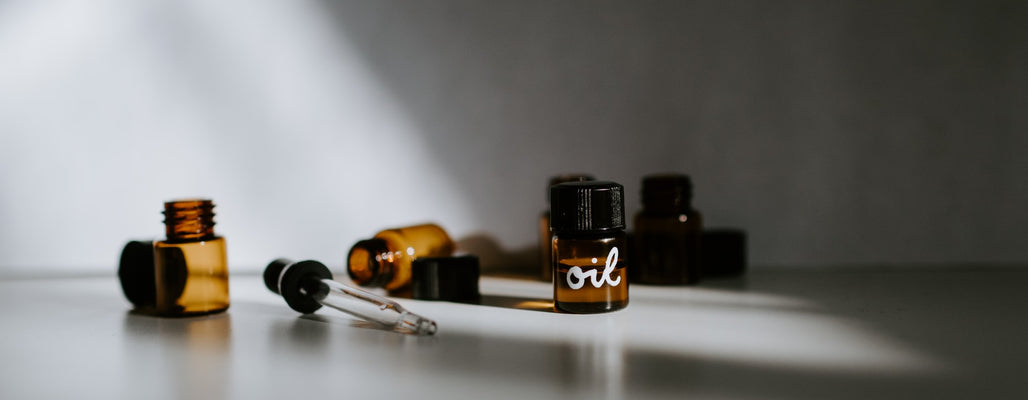
Once you know what they are, the differences between essential and fragrance oils can seem obvious, especially since the one that counts – natural vs. synthetic – is so fundamental. Differences aren’t so clear-cut with essential and absolute oils, though, since they both have their sources in the aromatic glands of plants.
Extracting Essences
They begin in the same place, but absolutes and essentials go in different directions at the point of extraction. Essential oils are removed, or extracted, primarily through steam distillation, where steam is passed through plants spread out on a grid in a sealed container. Steam extracts oils from plants in the form of vapor which rises through pipes to a condenser and a collector. The liquid created by condensing (through cooling) contains both water and oil. In the final step, the oil itself is siphoned from the surface of the water, or in the case of certain oils, like clove, that are heavier than water, collected from the bottom.
Citrus Pressing

A secondary method of extracting essential oils is expression or cold pressing, a method used for extracting oils from the peels of oranges, grapefruits, lemons, limes and tangerines. The reason for using cold pressing instead of steam is that the heat of distillation can break down the acids in citrus fruits and diminish the aromatic content of their oils. Sheer force of the press doesn’t have the same effect.
Absolutely Extracted
Absolute oils are the result of extracting aromas from plants perceived to be too fragile for distillation or pressing. For these plants, solvent extraction with petroleum ether, methanol, ethanol, or hexane is used. The solvent extracts fatty material that contains the plant’s aromatic compounds, along with chlorophyll and plant waxes (in addition to fats). Together, this mix of materials produced by the solvent is known as concrete. In the final step, concrete is mixed with alcohol, which removes the aromatic compounds from the rest.
Reasons of Purity
The result of solvent extraction is an aromatic oil containing residue of the chemicals used for extraction. There is an ongoing discussion about the long and short-term effects of these, hexane especially. And while absolutes are approved for use in thousands of commercial products, they can’t be used in certain ones – certified organic soap, for example – and for reasons of purity aren’t considered for therapeutic or aromatherapy purposes.
It’s not hard to find a web source that refers to absolutes as a type of essential oil. But for many, the form of extraction makes absolutes more than a subset. The essence, the spirit of the fragrance, has been altered, and that makes them something entirely different.
